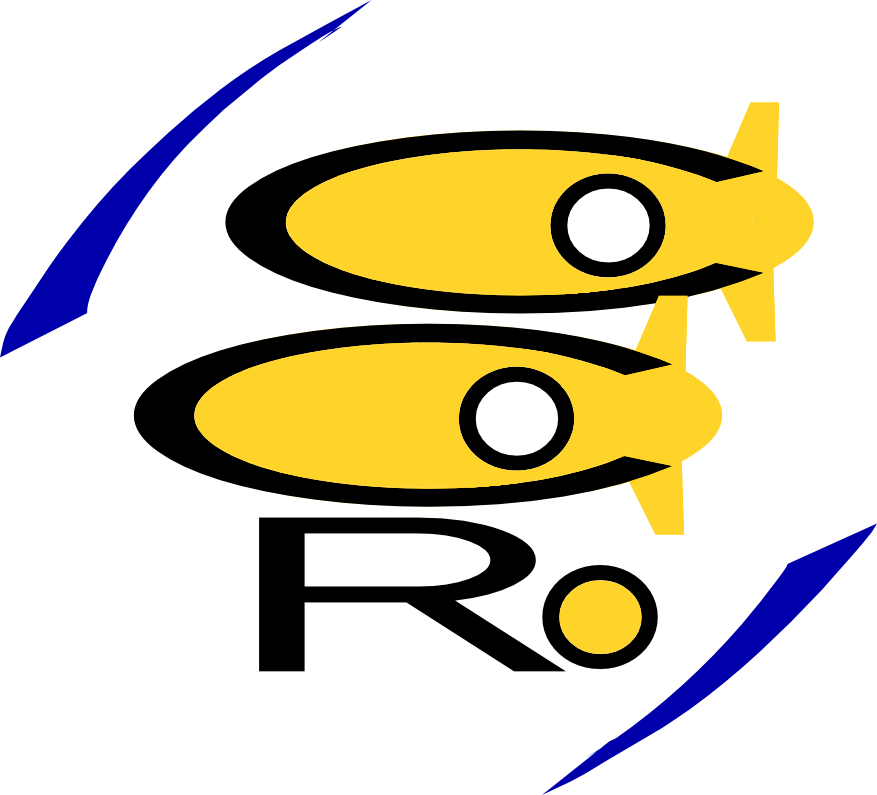| Swarm Robotics |
 |
 |
 |
SWARM-BOTS and SWARMANOIDSwarms of self-assembling artifacts - Towards Humanoid Robotic Swarms (2006 – 2010) SWARM-BOTS is concerned with the design, implementation and control of a swarm of homogeneous (i.e., physically identical) robots that cooperate to solve problems that go beyond the individual robots capabilities. Information on the Swarm-bots project can be found at the following address: www.swarm-bots.org. SWARMANOID extends the study of SWARM-BOTS project to swarms of physically heterogeneous robots: in this case a swarm includes robots that move on the ground, that fly and that can climb vertical surfaces. The main scientific objective of these research projecst are the design, implementation and control of a novel distributed robotic system. The systems focused on are made up of heterogeneous, dynamically connected, small autonomous robots. The swarmanoid that we intend to build will be comprised of numerous (about 60) autonomous robots of three types: eye-bots, hand-bots, and foot-bots. The project coordinator was Prof. Marco Dorigo, the project coordinator and one of the founders of the swarm intelligence and swarm robotics research fields, has been awarded, in November 2007, the "CajAstur International Prize for Soft Computing". SWARM-BOTS and SWARMANOID website SYMBRIONSymbiotic Evolutionary Robot Organisms (2008-2013) SYMBRION is a project funded under the PerAda Proactive Initiative but is also associated with the AWARENESS Proactive Initiative The main focus of the SYMBRION project is to investigate and develop novel principles of adaptation and evolution for symbiotic multi-robot organisms based on bio-inspired approaches and modern computing paradigms. Such robot organisms consist of super-large-scale swarms of robots, which can dock with each other and symbiotically share energy and computational resources within a single artificial-life-form. When it is advantageous to do so, these swarm robots can dynamically aggregate into one or many symbiotic organisms and collectively interact with the physical world via a variety of sensors and actuators. The bio-inspired evolutionary paradigms combined with robot embodiment and swarm-emergent phenomena, enable the organisms to autonomously manage their own hardware and software organization. In this way, artificial robotic organisms become self-configuring, self-healing, self-optimizing and self-protecting from both hardware and software perspectives. This leads not only to extremely adaptive, evolve-able and scalable robotic systems, but also enables robot organisms to reprogram themselves without human supervision and for new, previously unforeseen, functionality to emerge. In addition, different symbiotic organisms may co-evolve and cooperate with each other and with their environment. CoCoRoCollective Cognitive Robots (2011-2014)
The CoCoRo project aims to create an autonomous swarm of interacting, cognitive robots. CoCoRo will develop a swarm of autonomous underwater vehicles (AUVs) that are able to interact with each other and which can balance tasks. Focal tasks of the CoCoRo-swarms are: ecological monitoring, searching, maintaining, exploring and harvesting resources in underwater habitats. By developing an embodied and distributed system of AUVs, CoCoRo researches the potential of cognition-generating software, which is supported by a suitable hardware concept. The reason for choosing an underwater scenario is that a robotic system in such an environment faces new challenges that have not yet been solved. The inability to easily access the system in situ requires a high degree of autonomy of the agents. The complex and unpredictable environment requires great flexibility of the system and the three-dimensional mobility of the AUVs requires novel engineering principles and robot control approaches. For this purpose, collective cognitive capabilities derived from animals (e.g. social insect societies) will be used underwater for the first time. |
| Last Updated on Wednesday, 07 November 2012 13:21 |



